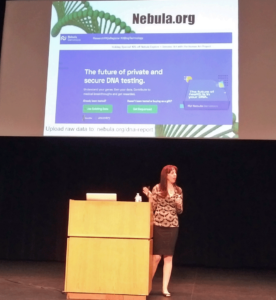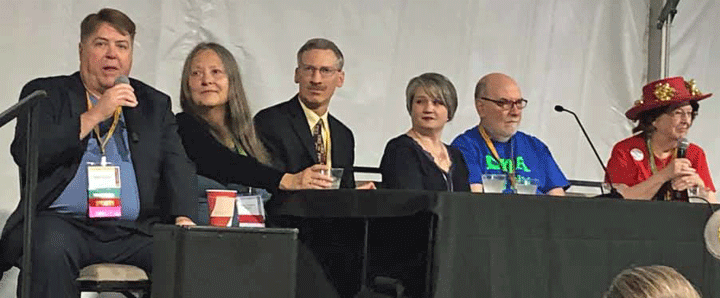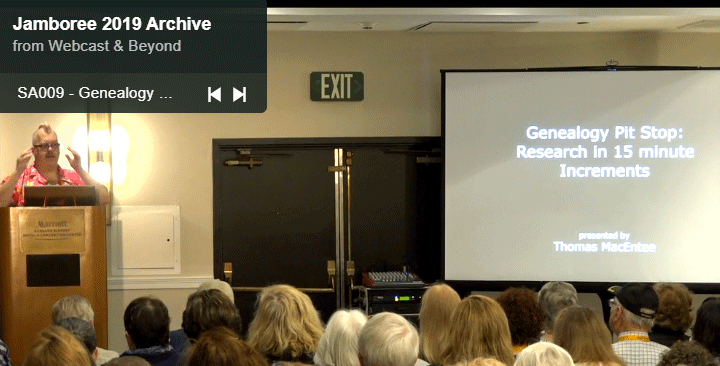My favorite yearly conference is the two days of talks that i4GG puts together for us serious genetic genealogists. Thank you CeCe and Lennart for doing this and for making the very professional videos, which are free to conference attendees and available for purchase by everyone else.
One of the highlights of the conference was hearing from Paul Fronczak and his daughter. Paul was the child returned to his parents after the famous Chicago baby-napping case in 1964. In 2012 a DNA test showed that he was not their child. His book The Foundling
, about his search for his roots, his missing twin sister, and the real Paul Fronczak, is a terrific read. (click here for the BBC summary of the case)
I have just started using a great tool called Scapple, that I learned about from Michelle Trostler‘s talk. So far I love it! It is an inexpensive mind mapping package that makes it super easy to quickly put together possible family charts for clients. It is always pleasurable to hear about actual cases and how they were solved. Both Michelle and Carol Rolnick obliged.
 Chaos ensued when Katherine Borges, the director of ISOGG (whose Wiki is my go to resource), told us about the FamilySearch app with “Relatives Around Me” on its menu towards the end of her epigenetics talk. Everyone was downloading it to their smartphones and running around finding their cousins. I discovered many 12th cousins, including Tim Janzen, from a dubious connection that needs more research, a Thomas Gray who went to Norway and became Graa. Sadly I never did find my real 8th cousin Dixie Hansen in the room!
Chaos ensued when Katherine Borges, the director of ISOGG (whose Wiki is my go to resource), told us about the FamilySearch app with “Relatives Around Me” on its menu towards the end of her epigenetics talk. Everyone was downloading it to their smartphones and running around finding their cousins. I discovered many 12th cousins, including Tim Janzen, from a dubious connection that needs more research, a Thomas Gray who went to Norway and became Graa. Sadly I never did find my real 8th cousin Dixie Hansen in the room!
I presented on What’s New at GEDmatch and also about Automated Tree Building Tools, focusing on DNA2tree, as Dana Leeds was covering Genetic Affairs (GA) which she did quite well. I do have a blog post on GA in progress, it now includes GEDCOMs with the tree building! As always my slides can be found at https://slides.com/kittycooper
The biggest take away from the conference for me was that we all need to be more diligent in getting our relatives to opt in to law enforcement (LE) usage on GEDmatch. Many of the cases that have been solved with genetic genealogy could not be done today now that the usable database for LE investigations is down to about 200K from over a million before the opt in requirement.
Also perhaps we need a team to identify kits of people who are deceased. GEDmatch will opt them in if presented with an obituary.
I am also putting together a new email message to send to reluctant cousins appealing to their desire to be good citizens.


